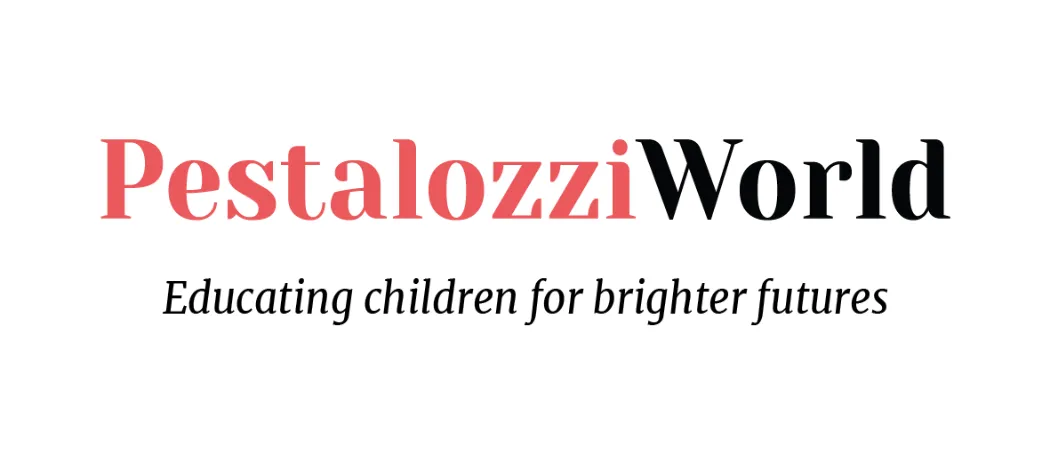Merger Announcement
Pestalozzi International Foundation (PIF) merged with Pestalozzi World Children’s Trust (PW). The unified organisation will continue as Pestalozzi International.


You will be redirected to the new website in 7 seconds.
Go to the new site